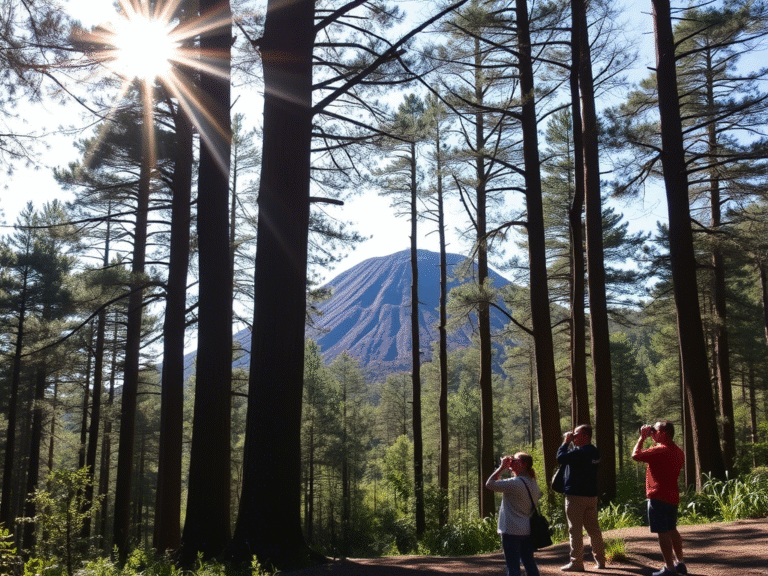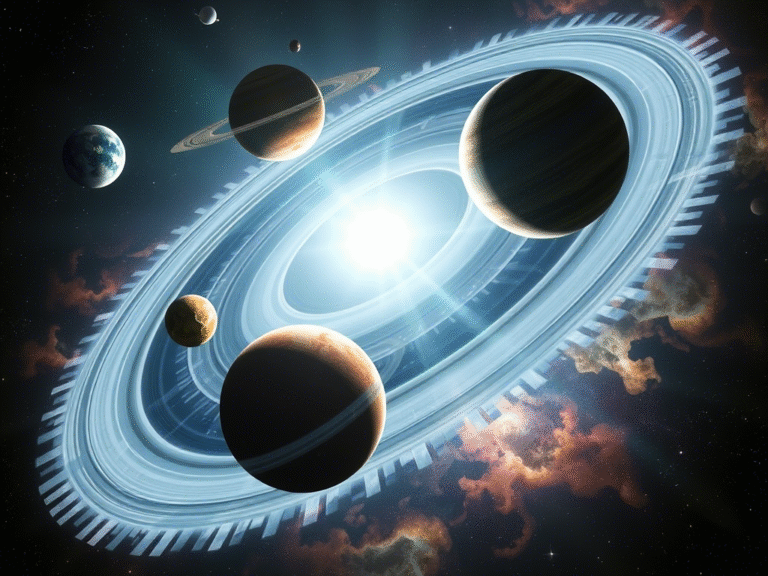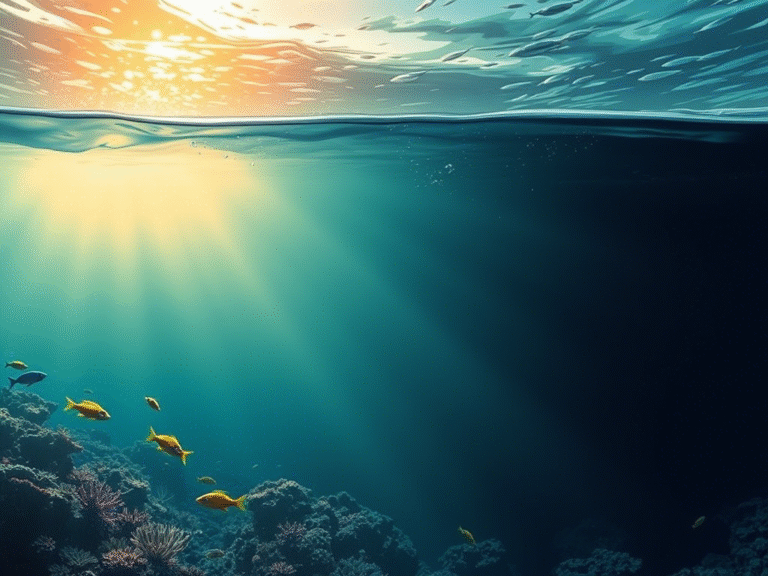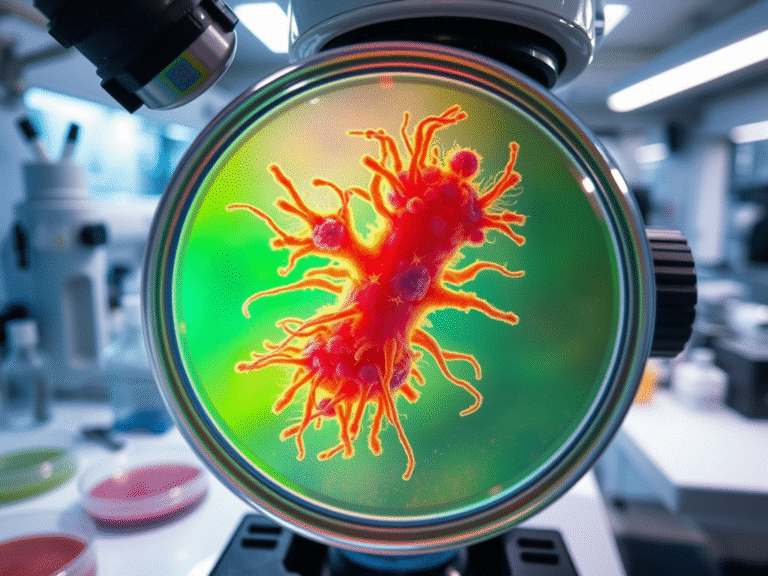
New research suggests that the seven planets of the TRAPPIST-1 system, located about 40 light-years from Earth, could be rich in water.
Since astronomers first announced the discovery of these Earth-sized exoplanets in February 2017, the system has been a key target in the search for life beyond our solar system.
Recent studies suggest that water — one of the most essential ingredients for life — may be plentiful on several of these worlds. But whether it’s still there remains an open question.
Like the nearby Proxima Centauri system and its planet Proxima b, TRAPPIST-1 is centered around an M-type red dwarf star — smaller and cooler than our Sun, but prone to powerful flares. This kind of radiation can strip away atmospheres and blast water into space through intense UV exposure.
Earlier data hinted that some of these planets might have started with more water than Earth, but lost much of it over time. Now, new observations from the James Webb Space Telescope (JWST), analyzed by astrobiologist Trent Thomas and his team at the University of Washington, are helping scientists better understand how much water might remain.
New JWST observations of TRAPPIST-1 c suggest the planet likely doesn’t have a thick carbon dioxide atmosphere like Venus — but it might still hold water vapor or oxygen, possibly released through chemical processes.
To explore whether these planets could be releasing water from within, researchers built a model based on volcanic activity in our own solar system — using Earth, Mars, Venus, and Mercury as references. They then adjusted it using what we know about the TRAPPIST-1 system.
The results showed that outgassing rates — the release of gases like water vapor from inside a planet — could range from just 0.03 to up to eight times that of Earth. However, magma movement appears to be similar to what’s seen on Mars, which is considered “volcanically dead.”
This suggests most of the TRAPPIST-1 planets are likely low on internal activity today — meaning they may not be releasing much water vapor into their atmospheres.
Still, the model didn’t rule out the possibility that some could be outgassing at rates even higher than Earth’s. And while the findings point to relatively dry interiors, some planets might contain up to 1% water by mass — a small number, yet significant compared to Earth’s own tiny water fraction (about 0.02%).
This opens the possibility that some planets in the system could be anything from dry rocky worlds to ocean-covered “water worlds” — though many remain inactive and possibly lifeless.
While the TRAPPIST-1 system seems rich in water overall, its potential for life remains uncertain. Fortunately, JWST is just beginning to unlock its secrets — and future observations will help us understand just how habitable these distant worlds might be.





